Monte Testaccio
This hill made entirely of ancient Roman jars was simply a garbage dump to the people of the time.
It’s been the site of jousting knights and frolicking revelers in carnivale celebrations. Garibaldi defended Rome from the top of it, while wine cooled in caves under it. It has stood in for Golgotha in passion plays, and hosted picnicking lovers for generations. But this hill is not one of Rome’s famous seven sisters, it is, instead, an ancient garbage heap.
For more than 250 years the ancient Romans methodically piled up broken terracotta amphorae, or oil jars, creating Monte Testaccio.
Also known as Monte dei Cocci (literally meaning “Mount of Shards”), the mountain of jars is located right next to the ancient Tiber River port, and the Horrea Galbae warehouses, which would have been used to store imported goods like olive oil.
The Romans obviously had an enormous appetite for olive oil, far outstripping local resources. As a result, oil was imported from all across the far-flung empire, and markings known as “tituli picti” on the jars show that they originated primarily from Spain, Libya, and Tunisia. As many as 80 million pots make up the hill, which now stands 115 feet high, with another 45 feet under the modern street level. The tituli picti have given archaeologists a rare insight into trade in ancient Rome, as the markings not only show the port of origin, but also indicate the origin of the oil contained and quality control marks, and occasionally the name of the maker of the jars.
Excavations in the 1990s showed that the hill was created carefully and intentionally, not merely as a dump. The height was built up in a series of terraces, with jars carefully cut in half in order to nest into one another. Most of the jars examined date from 140-250, but it is possible that the earliest layers date back much earlier, possibly to the first century. As it is, it is one of the largest and best-preserved ancient dump sites.
In the years after the fall of Rome in 500, the area was largely abandoned. Over time the hill became a place for Rome’s celebrations and festivals, particularly the revelry associated with the days before Lent and the religious ceremonies of Easter. The pre-Lenten Carnivale included lavish feasts set at the base of the hill, contests of strength and speed between residents, and a traditional cart race between pigs and bulls, which needless to say, pretty much always ended badly for the racers. During Easter week at the end of Lent, Monte Testaccio was the final stage in the Way of the Cross, with re-enactments of the crucifixion of Jesus taking place on the summit, where a cross still stands to mark the place.
The area was still unpopulated when in 1849 Garibaldi attempted to stave off French invasion with a gun battery at the top of Monte Testaccio, and when wine caves were burrowed into the sides around the same time. It was not until the 1930s that the modern neighborhood began to emerge.
In 1931 the area became a public park, and thanks to the efforts of architect Raffaele De Vico, Monte Testaccio was, for a short time, a beautiful and suggestive green area with meadows and hedges, containing a fountain surrounded by a semi-circular bench at the top of the hill. However, low budget and technical difficulties in maintenance soon left this place abandoned again.
Today it could be just another grassy knoll, until you look more closely.
Know Before You Go
Near the Protestant cemetery


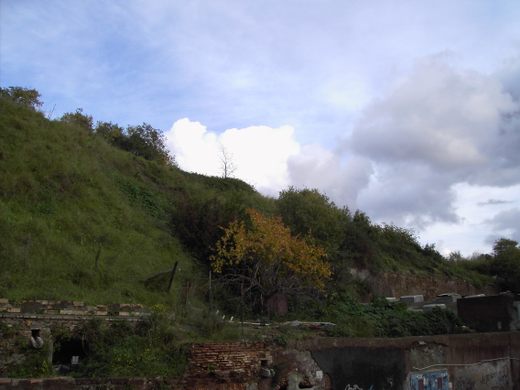
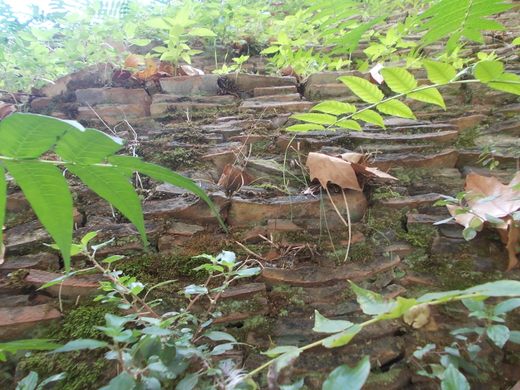




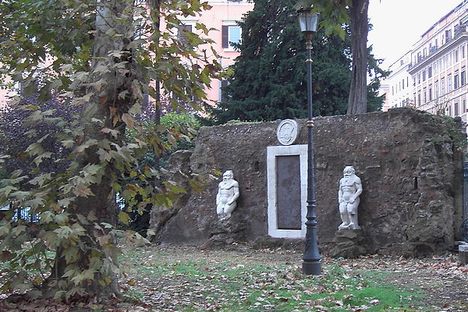




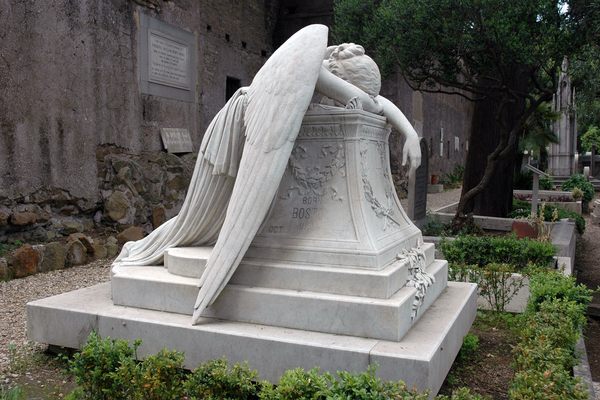
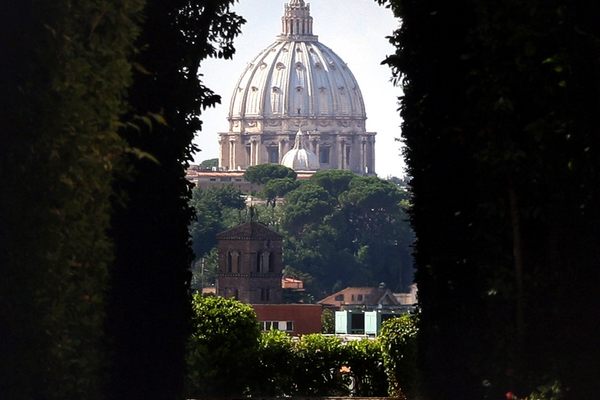


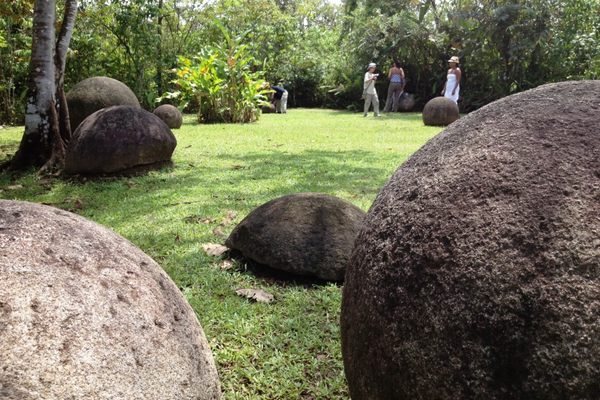



Follow us on Twitter to get the latest on the world's hidden wonders.
Like us on Facebook to get the latest on the world's hidden wonders.
Follow us on Twitter Like us on Facebook